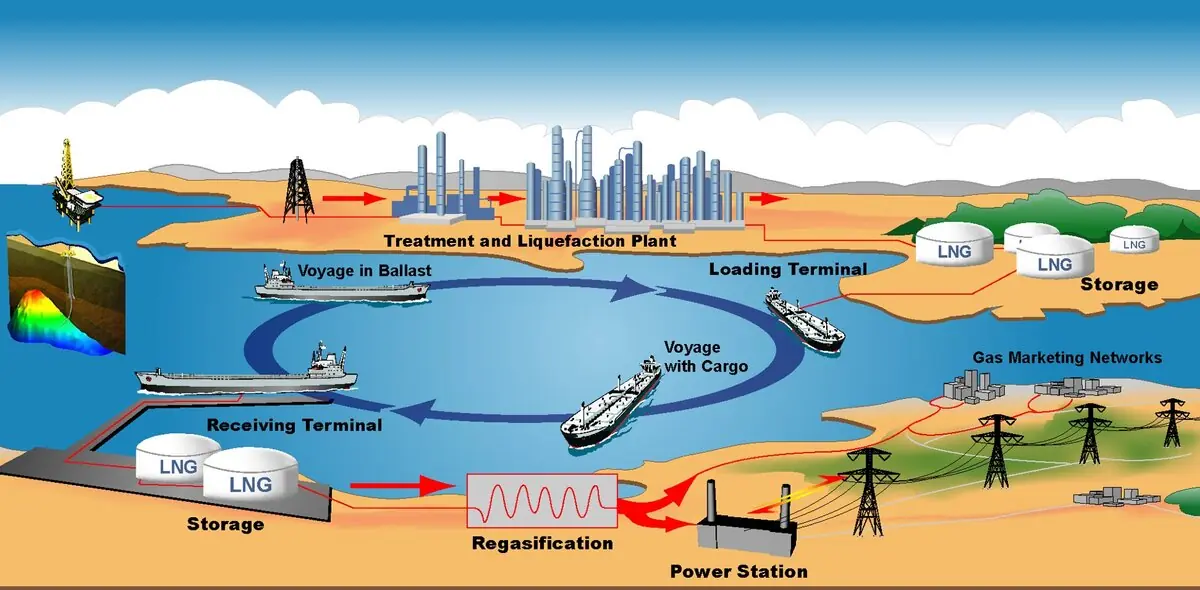
3 Trends Transforming the Oil & Gas Workforce in 2025
The oil and gas industry is undergoing significant transformations in 2025, driven by technological advancements, workforce dynamics, and the global shift towards sustainability. These changes are reshaping workforce requirements and strategies. Here are three key trends influencing the oil and gas workforce this year.
View Article

Accelerating Workforce Performance with AI-Enabled Coaching Tools
October 2, 2025
|
Industry Trends
Artificial Intelligence (AI) is no longer a distant concept—it’s a transformative force reshaping industries, including how we train and develop talent. At PetroSkills, we’re exploring how generative AI can revolutionize workforce education, coaching, and performance improvement. In our recent webinar, we unpacked the potential of AI-enabled coachi...
View Article

Empowering Petroleum Professionals: How PetroSkills eLearning Builds Technical Competency
In the dynamic and complex world of energy, staying technically sharp is no longer optional — it’s essential. As the industry evolves with new technologies, environmental pressures, and operational challenges, professionals must continuously upskill to remain effective and competitive. That’s where PetroSkills eLearning comes in — a powerful, flexi...
View Article

U.S. LNG Expansion…..Is the industry facing headwinds for future expansions?
April 21, 2025
|
Industry Trends
The challenges include current project cost overruns (prior to the newly implemented tariffs), a tight skilled US labor market, a recent 25% tariff on steel and aluminum adding more uncertainty, and a potential tightening domestic natural gas market. This tip of the month (TOTM) will discuss the challenges that lie ahead.
View Article

How ChemE-Sports is Revolutionizing Chemical Engineering Education
In the ever-evolving field of chemical engineering, preparing students for real-world challenges is critical. ChemE-Sports, a competitive and interactive learning platform, is transforming chemical engineering education by bridging the gap between theory and practical application. This innovative approach is not only enhancing students' understandi...
View Article

New Rosnik Courses: DAD & DTC
PetroSkills has partnered with Rosnik to launch two new courses including Decision Analysis (DA) Training for Downstream and Chemical Installations and Refining and Petrochemical Process Plant Problem Solving. Read more to learn about these new courses.
View Article







